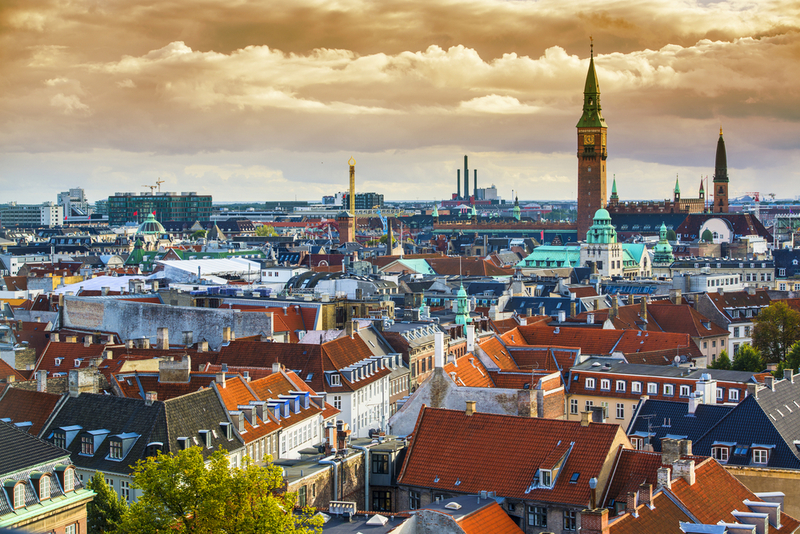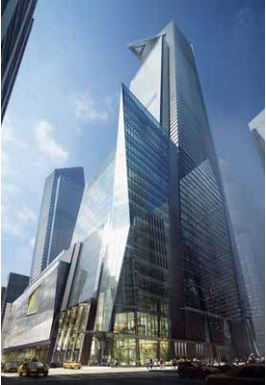5 Healthiest Cities
Pedestrian Access is Key
The top five healthiest cities in the world have one thing in common: pedestrian-friendly access to work centers and residential neighborhoods. Master-planned communities that cater to walkers and cyclists are the norm in these cities; year after year, the healthiest cities continue to foster such features. These cities provide different models that can be replicated […]

